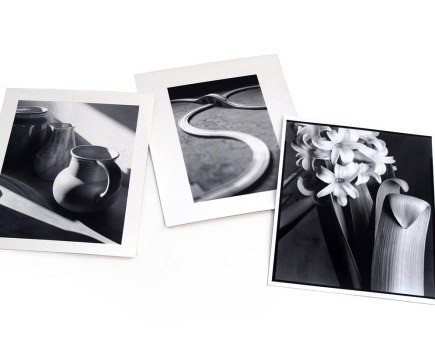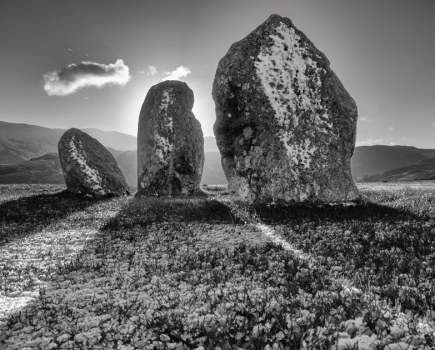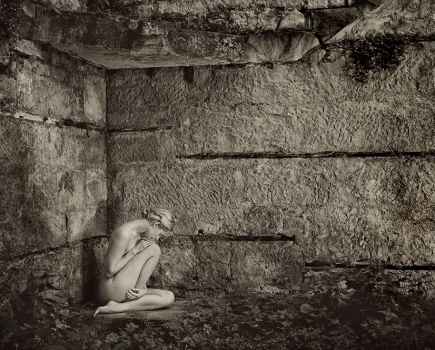Even in high summer, bad weather is a fact of life in the UK. The key is to try to make the best of all conditions. Every form of weather offers photographic opportunities, particularly when it comes to rain. With that in mind, photographers should think about making the most of reflections. Puddles are one thing, but you can also take images of reflections in bodies of water such as lakes or rivers, or objects in glass. With larger bodies of water, early morning is a good time for reflections as the light can be at its best (mist or fog shouldn’t reduce clarity).
If you are shooting water in sunshine, use a polarising filter to reduce glare. In fact, many professionals just keep them on their lenses. Meter carefully and try to preserve some semblance of the shape that is being reflected to stop it appearing as an amorphous mass.
- Reflections in puddles add a creative twist to tourist hotspots. Night scenes can work well in puddles, such as bright neon lights or the shapes of passers-by. Switch to manual focus to stop your camera’s AF getting confused.
- Try to include interesting elements (such as the bird here) or remove distracting ones. Use a tripod for reflections in ‘big’ water. Choose a narrow aperture to maximise depth and field and ensure front-to-back sharpness.
- With reflections in glass, be wary of smears or glare reducing detail. Consider using a polariser or even wipe the glass with your sleeve. Don’t use straight-on flash as you will get a reflection of it firing.
- Black & white conversions can work well, as can enhancing colour of neon lights in puddles. Try not to lose shadow detail, or rescue underexposure to increase noise. A square crop or panorama can also look good.







